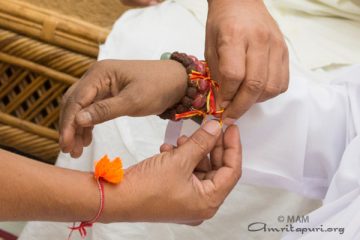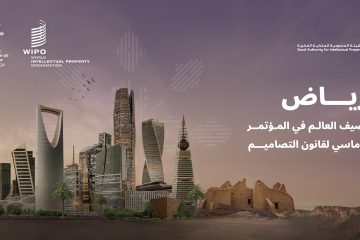Eid Moon Sighting: A Tradition in Saudi Arabia

Understanding Eid Moon Sighting
The crescent moon sighting is a significant tradition in Islam, signalling the start of Eid al-Fitr, one of the holiest celebrations for Muslims worldwide. In Saudi Arabia, where the moon sighting plays a crucial role in determining the Islamic calendar, the anticipation for Eid is often accompanied by public enthusiasm and community gatherings as families prepare for the festivities.
The Moon Sighting Process
In Saudi Arabia, the religious authorities, specifically the Supreme Court, announce the sighting of the Shawwal moon, which indicates the end of Ramadan and the commencement of Eid al-Fitr. The official moon sighting committees, which include religious scholars and local citizens, are tasked with observing the moon on the 29th day of Ramadan. If the crescent moon is sighted, Eid is celebrated the following day; if not, the month of Ramadan is extended for an additional day.
Current Developments
As of 2023, with Ramadan approaching its end, the anticipation surrounding the moon sighting remains high across Saudi Arabia. Historically, many residents gather at known vantage points, including mosques, to look for the moon, while technology has introduced newer methods of communication regarding sighting confirmations. Some officials have even suggested the use of telescopic technologies to enhance the visibility of the crescent moon, although traditional sighting remains cherished by many.
Community Celebrations
Once the moon is sighted, celebrations cascade throughout the kingdom. Eid al-Fitr is marked with prayers, feasts, and communal gatherings, providing an opportunity for families to come together and celebrate. Markets become vibrant with decorations, offering a wide array of traditional foods, clothing, and gifts, embodying the spirit of giving that is central to the holiday.
Conclusion
The tradition of moon sighting for Eid al-Fitr is more than just an astronomical event; it encapsulates the essence of community, faith, and cultural heritage in Saudi Arabia. Looking ahead, authorities continue to discuss the balance between traditional methods and modern technology in moon sighting, though the joyous celebrations of Eid will undoubtedly continue to unite the Muslim community. Understanding these practices is not only important for the local population but can also provide insights for observers worldwide about the significance of lunar traditions in Islamic culture.








